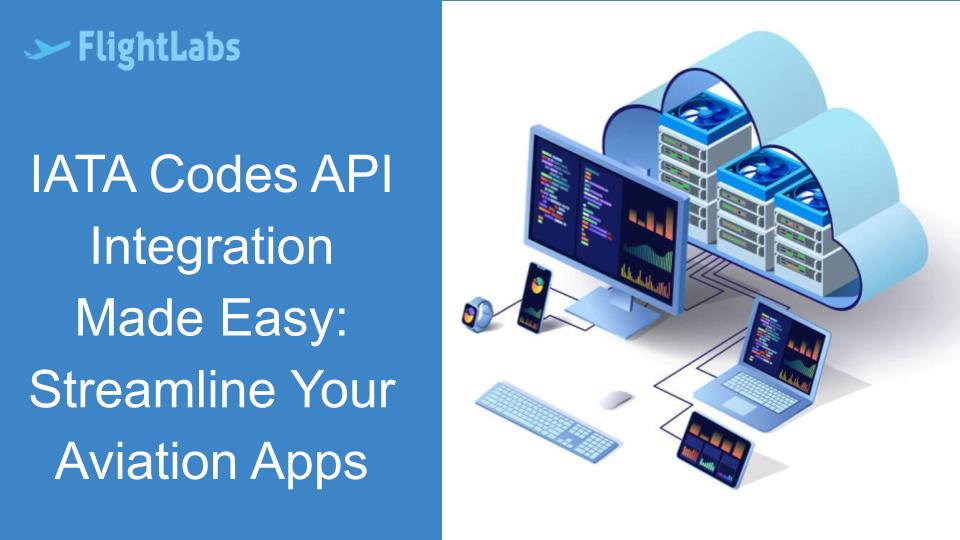IATA Codes API Integration Made Easy: Streamline Your Aviation Apps

In the realm of aviation apps, the significance of IATA codes cannot be overstated. These codes serve as vital identifiers for airports, airlines, and locations worldwide, facilitating seamless communication and data management. The IATA Codes API plays a pivotal role in harnessing this essential data, offering developers a comprehensive toolkit to enhance their aviation applications with accurate and up-to-date information.
Understanding IATA Codes API
In the dynamic world of aviation, IATA codes play a crucial role as standardized identifiers for airports, airlines, and destinations. Accurate IATA codes are paramount for seamless operations and reliable data exchange within the aviation industry. The IATA Codes API offers a robust set of features, empowering developers to integrate and utilize this vital information effectively.

Best Practices for IATA Codes API Integration: FlightLabs
Ensuring data accuracy and reliability is paramount in IATA Codes API integration. Implementing thorough data validation processes and utilizing redundant data sources can enhance the accuracy of information. Optimizing performance and speed involves efficient caching mechanisms and leveraging asynchronous processing for real-time data updates. Additionally, considering robust security measures such as encryption protocols and access controls safeguards sensitive aviation data during API integration.
Benefits of FlightLabs
Integrating the FlightLabs into aviation apps brings a multitude of advantages. It streamlines app development by providing a reliable source of airline routes, airport codes, and aircraft data. This integration enhances user experience with accurate information, leading to cost-effectiveness and operational efficiency in the aviation industry.
To integrate the FlightLabs into aviation apps, follow these steps:
- Compatibility Check: Ensure compatibility with different platforms and programming languages.
- API Integration: Implement the API for airline routes, airport codes, and aircraft data.
- Testing Phase: Conduct thorough testing to verify functionality and accuracy.
- Troubleshooting: Address any issues encountered during integration for seamless functionality.

Explore the use cases and examples of successful FlightLabs integration in aviation apps:
- Improved Flight Status Tracking: Airlines leverage the air flight status tracker API for real-time updates.
- Enhanced Route Planning: Utilizing the airline routes API for optimized flight paths and schedules.
- Accurate Airport Information: Integration of airport codes API for precise location data.
- Efficient Aircraft Management: Using the aircraft data API to monitor aircraft types and data.
- Streamlined Travel Experience: Integration with API for Search Rent-A-Cars for seamless car rental services.
Future Trends and Developments
The evolving role of FlightLabs in aviation technology is poised for significant advancements and innovations. As aviation systems become more integrated and interconnected, the API's role in facilitating seamless data exchange and real-time updates will continue to grow. Potential advancements may include AI-driven predictive analytics, enhanced data visualization tools, and expanded integration with emerging technologies like blockchain for secure data management.
Conclusion
In summary, the FlightLabs offers a plethora of benefits and advantages for aviation app developers. By leveraging this API, developers can access real-time flight data through a live flight API, enhance user experience with flight status tracker API, and streamline operations with flight schedule data API. This integration encourages innovation in aviation technology, making it a valuable asset for developers in the industry.